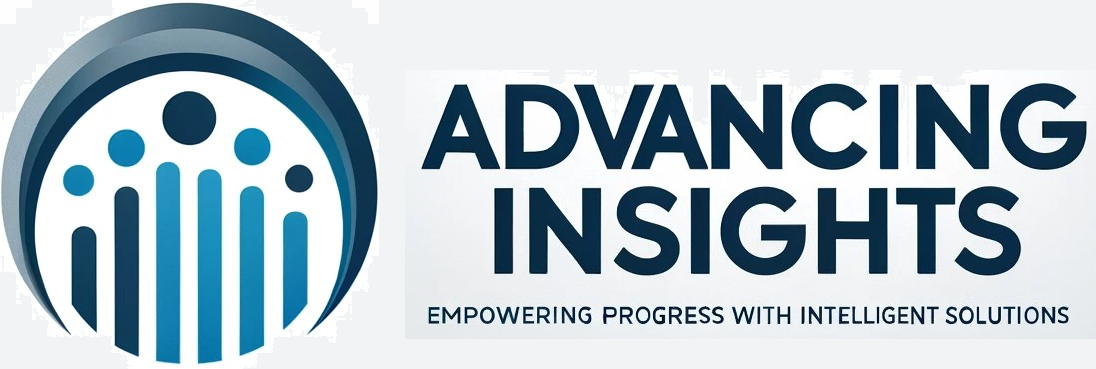Web 3.0, RDF, and the Semantic Web
RDF is a W3C standard for modeling and sharing distributed knowledge based on a decentralized open-world assumption. Any knowledge about anything can be decomposed into triples (3-tuples) consisting of subject, predicate, and object; essentially, RDF is the lowest common denominator for exchanging data between systems.
Users will navigate in search of answers, not web pages, and users will be able to ask real questions, rather than perform searches for certain phrases.
Here are some introductory materials that will help you get up to speed on RDF (and related technologies such as SPARQL):
- The Semantic Web for noobs (video; running time 6 minutes)
- RDFa tutorial video (video; running time 9 minutes)
- RDF Quick Intro (article; reading time ~10 minutes)
- RDF in Depth (article; reading time ~1 hour)
- RDF Introduction (slideshow)
- The Semantic Web by Tim Berners-Lee et al. (article; reading time ~20 minutes)
- How to Tell Stuff to a Computer (set of articles)
The essential background for being able to work with RDF is in the RDF in Depth article, above; if you have time to read only one of these links, read that one.
For more tutorials, please refer to the comprehensive lists maintained by the W3C's Semantic Web Education and Outreach (SWEO) group:

